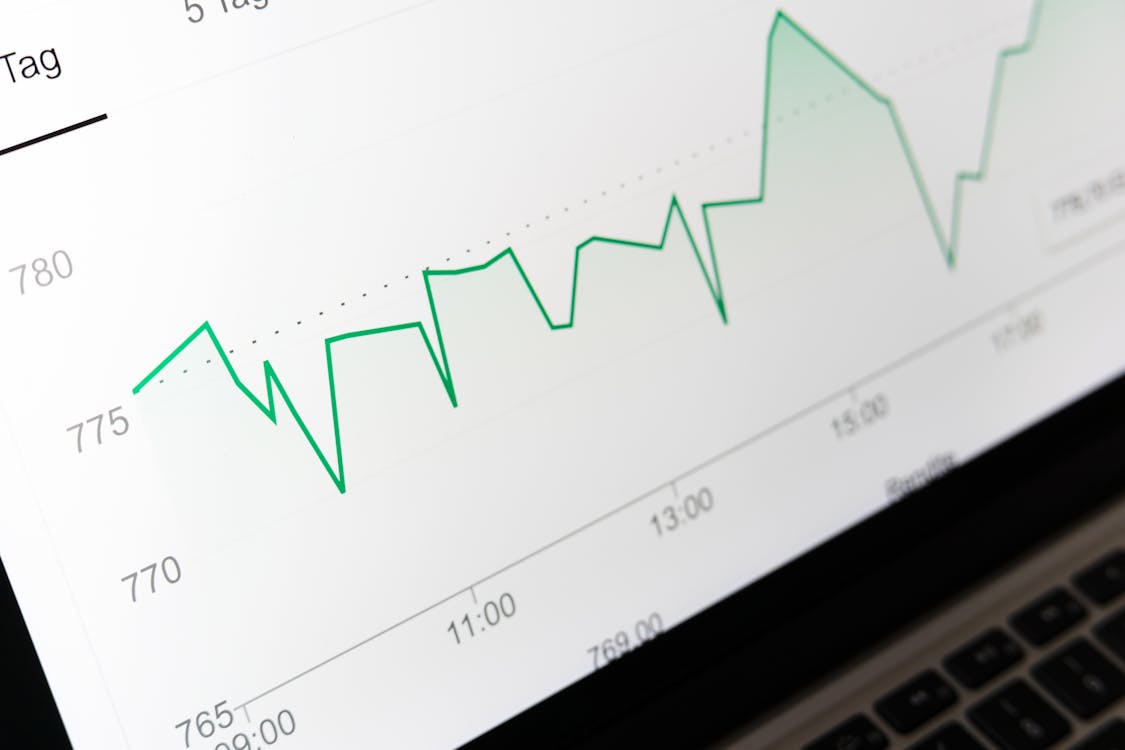Skewing Success
Image Source: Pexels
The results from our SPIVA® U.S. Mid-Year 2025 Scorecard demonstrate a relatively better start to the year for active managers, with 54% of U.S. large-cap funds underperforming the S&P 500®, slightly better than the 65% reported in 2024. However, Exhibit 1 shows that over the more than 24-year history of our SPIVA U.S. Scorecard, majority outperformance occurred in only 3 out of these 24 years. Most active managers underperform most of the time.
(Click on image to enlarge)

Why is outperformance so difficult? A long-standing challenge that active managers face is the positively skewed nature of equity returns, with an average return greater than that of the median. Exhibit 2 plots the distribution of cumulative returns for the constituent stocks of The 500™ for the past 25 years. The median return was 59%, far less than the arithmetic average of 452%. When fewer stocks outperform, active management is harder. This is especially relevant for more concentrated portfolios that may be less likely to hold one of the relatively small number of outperforming stocks.
(Click on image to enlarge)

H1 2025 was no exception, characterized by positive skew in the S&P 500’s constituent performance, as shown in Exhibit 3, with the average return outpacing the median return by 1.3%. These results are not surprising, as the average return has been greater than the median for The 500’s constituents in 20 out of the past 24 years.
When the handful of stocks that outperform are also skewed toward larger capitalization companies, that can be an additional headwind for managers who are underweight the largest stocks. Offering an additional perspective on the prospects for stock pickers, Exhibit 3 shows the percentage of constituents that beat the benchmark by year. 44% of member stocks beat the S&P 500 in H1 2025, an improvement from the 28% witnessed in 2024 and the 26% in 2023, both challenging years driven by mega-cap dominance.
(Click on image to enlarge)

The fact that 46% of Large-Cap funds outperformed indicated there may been pockets of opportunity for nimble stock pickers to capitalize on. Although the largest stocks in The 500 were among the best performers, with the index’s return of 6.2% in H1 above that of the simple average of 5%, large-cap outperformance did not occur in a consistent pattern during the first half of the year, a period featuring a new presidential regime and fluctuating tariff policies.
One way to visualize the changing degree of large-cap dominance is through the relative performance of the S&P 500 Equal Weight Index, which offers a proxy for the performance of the average stock in the benchmark, versus its cap-weighted peer, by quarter. Equal weight’s outperformance in Q1 coincided with 62% of stocks outperforming The 500. However, as the market recovered speedily from tariff-related turmoil, mega caps returned to favor and only 29% of stocks outperformed in Q2, consistent with equal weight’s reversal into underperformance.
(Click on image to enlarge)

As we approach the end of Q3, recent conditions for stock pickers have remained challenging. 36% of stocks outperformed The 500 quarter-to-date, amid the S&P 500 Equal Weight Index’s continued underperformance coupled with a positively skewed distribution for The 500. If these trends continue, we may see headwinds for active managers throughout the rest of 2025.
More By This Author:
The Evolution Of The S&P/BMV IPC EcosystemNavigating Brazil’s Currency Volatility With USD Credit
Canada’s Materials Sector Strikes Gold
The posts on this blog are opinions, not advice. Please read our Disclaimers.




